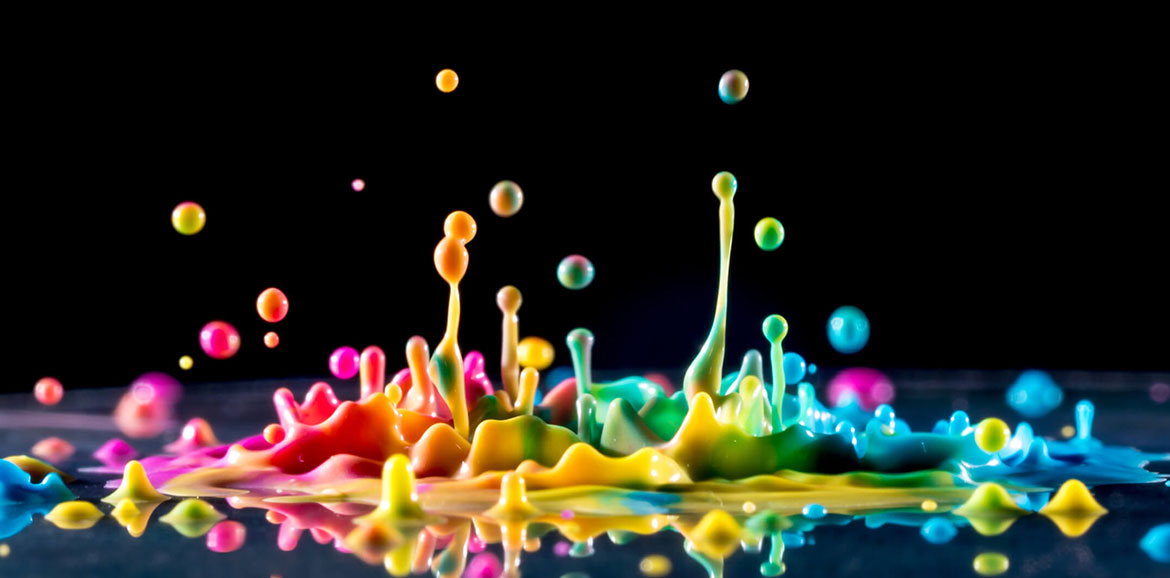Does the use of Extenders help reduce the dosage of TiO2?
After having evaluated a range of extenders, it has been observed that some improvement in TiO2 utilization is possible, although the claims of 20 to 30% saving of TiO2 could not be fully substantiated when all the major paint properties were considered.
Previously, precipitated calcium carbonate was used, later finer grades of aluminum silicates were used, but it had high oil absorption. Currently calcinated extenders show light scattering & improved optical properties. Wet opacity is of less importance than it once was.
Current extenders with a particle size in excess of 0.5mesh have been shown, both theoretically & through experimentation, not to improve the spacing of TiO2 & thus do not improve the TiO2 utilization. Extenders with particle size of less than 0.5mesh are not easily dispersed down to their primary size & tend to homoflocculate creating large multiparticle extenders thus resulting in increased crowding & lower opacities.
The use of flash calcinated china clay did appear to offer better TiO2 utilization, but again when other paint properties were included the benefits achieved were markedly reduced. The incorporation of air voids within the paint film by these extenders was shown to have a positive effect on opacity. The inclusion of air voids reduces the apparent refractive index of the medium & this reduction contributes to the increase in scattering of TiO2 pigment.
For use of TiO2 substitutes judicially, PVC of paint plays a very important role. In case of low PVC paint, TiO2 substitutes hardly work.
All said & done the decision to use TiO2 substitutes depends on which properties are appreciated more by the user. We request you to conduct an experiment and let us know your observation & opinion.
Step1) Make 2 samples of 100ml white paint one with pure TiO2 & other with TiO2 substituted 25% by extender.(Please note that all other factors should be constant)
Step 2) Add 10ml of stainer (any shade) to both the samples.
Step 3) Observe the difference in shade in both paints (in-can).
Step 4) Apply both paints on wall & let it dry.
Steps 5) Observe the difference in shade in both paints films.
Steps 6) Compare your observation in step 3 & step 5.
Step 7) Inform us.
Visit us at: www.rajadditives.net
Email us: rajspecialityadditives@gmail.com

